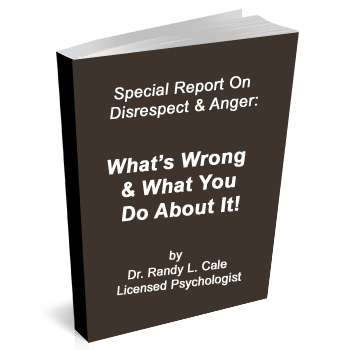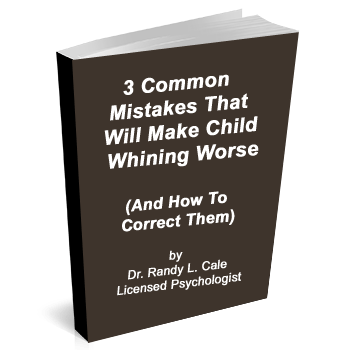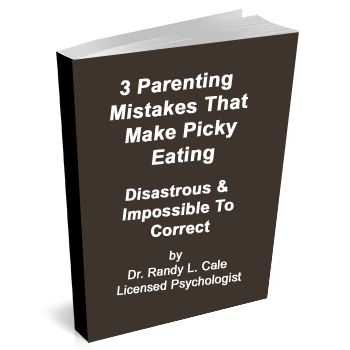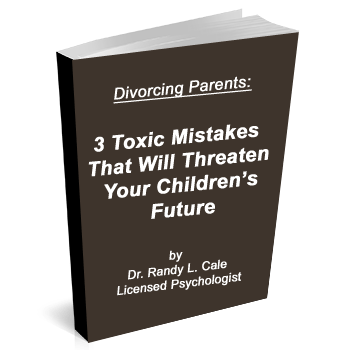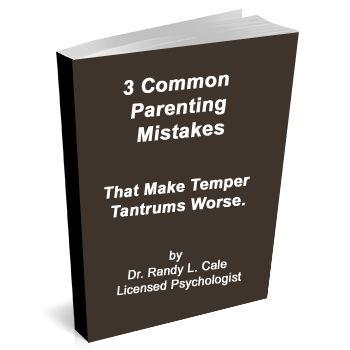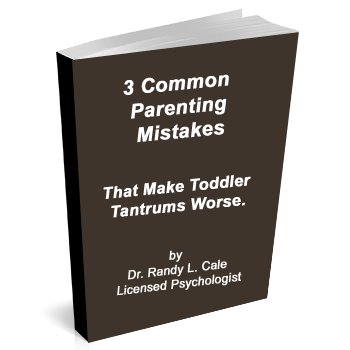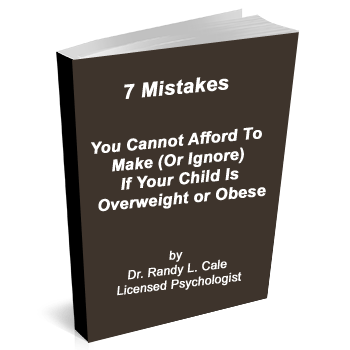In light of the effect that Robin Williams’s death has had upon our culture, it is important to make certain that we begin to educate children about how their thoughts and emotions work. Many misconceptions exist about how we shape both behavioral and emotional patterns in our children.
Misconception 1: It’s All Determined by Genetics.
Many will argue that all psychology is genetically predetermined. This is not accurate. While genetics will determine the type of soil in our emotional garden, we still get to choose what we plant there and how we nurture those seeds.
Some children will find happiness in their emotional garden easier than others. Others seem to sprout angry, sad, or dramatic ‘weeds’ in their garden quite easily. Yet, we don’t want to spend much time discussing why this occurs; as such theory-making removes us from the task at hand: Nurturing a beautiful garden.
Misconception 2: Mom and Dad Can Manage Behavior, But Not Change Emotional Patterns.
When we change a pattern of behavior over an extended period, we change emotions. This is a fact.
It is important to realize that the tantruming child, who is not taught a better option, grows into the angry and explosive teen who seldom finds happiness.
We must recognize that we can not only change patterns of behavior from the unhealthy to the more responsible, but we can also dramatically affect long-term patterns of emotion. Happiness and satisfaction are taught, in both what we model and how we parent.
Misconception 3: Depression and Anger Are Things. Happiness and Joy Are Things Too.
This next comment could be taken out of context, so please read carefully. Thinking and talking about depression or happiness as a ‘thing’ can be misleading. It can be a limiting concept for our children and ourselves.
Why? Because we feel happy, sad, or angry as a result of our thinking and our beliefs. In more normal life moments, these can be quite transitory and shifting.
When life seems to be going very well, we can start believing that “everything is working out for me.” This belief leads to a host of optimistic and more positive thoughts. As a result, we feel happy! And guess what: our brain chemistry is altered with these very positive thoughts.
Happiness is then the moment-to-moment consequence of these beliefs and thoughts. It is a process, however, and not a thing.
The same is true for what is considered more negative thoughts, which lead to depressing or angry feelings. Once we conclude that, “life is not working out for me,” or “life is hopeless,” these beliefs strongly alter the moment-to-moment ways we think and feel. We do feel depressed or angry, and our brain chemistry is altered. But again, it is better to think of this as a process, and not a ‘thing’ that has to be removed.
If we have to remove a thing or change it, we can easily feel like it is a battle. This battle metaphor is being repeated constantly in the interviews about depression this week in the news.
There is an alternative. We can recognize that the ‘thought process that leads to either positive or negative feelings is changeable. We can, through our parenting and our modeling, create a sort of protection by teaching our children more optimistic ways to view life. In my next article, I will lay this out in greater detail.







